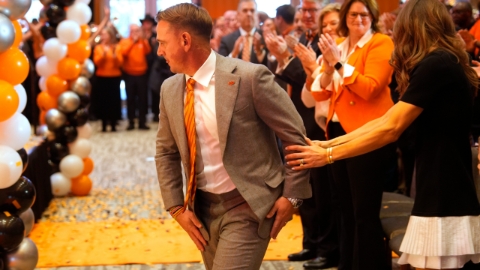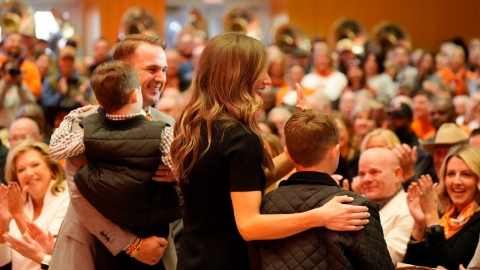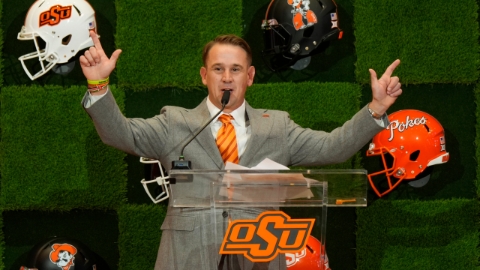This isn't NIL When Texas Tech is Going to Pay Each Player $25,000
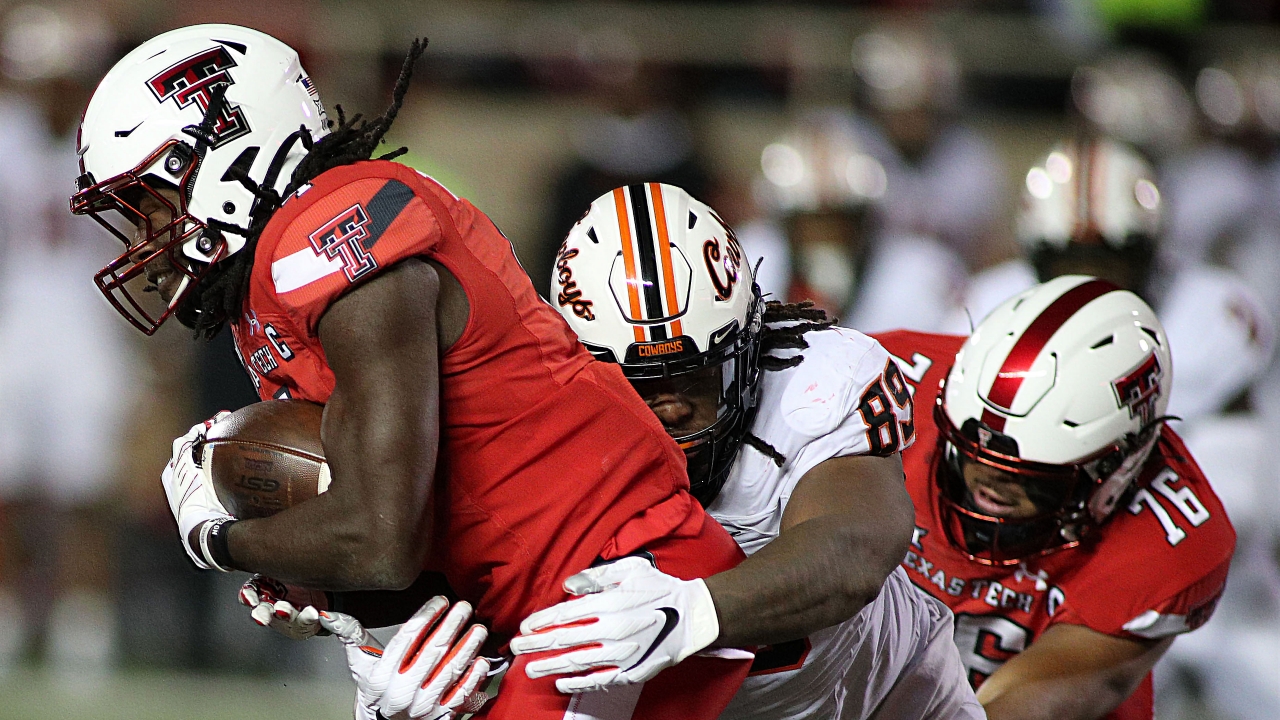
STILLWATER – I realize conference realignment seems to be the number one topic within the college football and college sports communities here recently, but on Monday when the Lubbock Avalanche-Journal published a story on the Matador collective, run and funded by a group of Texas Tech University alumni it reached a new level. The Matador collective is set to sign contracts with the top 100 Red Raiders football players (85 on scholarship and top 15 walk-ons) and paying them $25,000 this school year. This comes on the heels of escapades like the University of Texas and the Pancake Society paying all scholarship offensive linemen $150,000 to do public service, and Life Wallet CEO and Miami (Fla.) alumni John Ruiz paying exorbitant NIL deals out to Miami Hurricanes athletes.
“NIL has taken on a different life than it was intended,” Oklahoma State University President Dr. Kayse Shrum said to me on July 20 on radio. “It was intended for athlete to be able to work or have camps and benefit from their skills and accomplishments. It was never intended for universities to recruit and attract, but that is where it has gone.”
Many college coaches predicted the issues with NIL from varying state laws, virtually no rules to keep the process in check, allowing alumni to be involved, and a full scale escalation because of the competition in recruiting athletes.
Now, coaches are talking out about it. We are having media days for major conferences and the coaches are not holding back on their comments and concerns like they were when they didn’t want media identifying them as against NIL and villainizing them to their current players and prospective recruits.
Try this on from Wednesday (July 20) at SEC Media Days from University of Florida head coach Billy Napier.
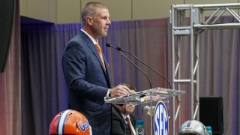
“I’m telling you it is a factor. As much as we, you know … it is a factor,” said Napier on Sirius XM Radio. “It’s a factor in your locker room. It’s a factor in recruiting, and it’s the wild west out there. I get nauseous thinking about it. You are trying to do things like be who we say we are, if that makes sense. This is a very fluid situation right now. It changes every week. What is the law in this state. What are the rules going to be. It is the one unknown out there that is being used. It is being weaponized in recruiting. You are seeing some teams, why is he going there? What was really a hard job has a new variable. We need to educate our alumni with their passion on how they can help.”
Down in Arlington, Texas last week Oklahoma State head coach Mike Gundy was commenting as were his Big 12 peers.
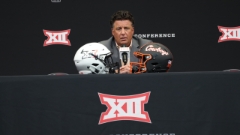
"NIL is a long ways from being settled and covered because there is nobody that's in charge of NIL right now,” Gundy said. “My personal opinion is, in a couple of years it'll settle. What direction it will go? I have no idea. But it's just running a little bit out of control right now. NIL was originally orchestrated for players to benefit from their name, image and likeness at the current location, not to be used as a recruiting tool. Once they get a hold and gather that and get it out of the recruiting aspect of it, I think it'll turn more back into what name, image and likeness should be. But that one's a little farther off because there's nobody governing it at this time."
Gundy said Oklahoma State has more of a team concept NIL, which is like the Texas Tech situation and the rumored payouts at other schools. TCU recruiting coordinator and offensive analyst Bryan Carrington came out on Twitter hammering the Texas Tech Matador collective play for pay plan. However, rumor is that TCU and the KF NIL collective, run by the owner of fan website Killerfrogs.com Ryann Zeller, is planning a similar deal at close to $50,000 a player. Baylor lists 27 athletes that have benefitted from NIL deals, but there are also reports that Baylor will have a football team wide pay for play set-up.
Oklahoma State has reportedly hire basketball analyst and former Division I head basketball coach Barry Hinson to coordinate all NIL deals with Oklahoma State athletes. Hinson is an Oklahoma State alum, a true people person, and a good communicator.
The bottom line is most of this is not name, image, and likeness. It can’t be, not when you are paying athletes across the board and it doesn’t distinguish anybody based on name-image-or-likeness. It pays all players equal money.
I have a great idea for guard rails or rules that schools, administrators, and coaches are crying out for. Simply pay the players. Come to agreement on a moderate sum, allow for moderations based on cost of living and value of a dollar. Athletes at Rutgers would get an adjusted amount that would be slightly more than an Oklahoma State athlete based on cost of living. You must have set amounts, set number of athletes to receive money, and then allow athletes to also collect real NIL from any businesses that want to pay them for endorsements, commercials, and appearances.
